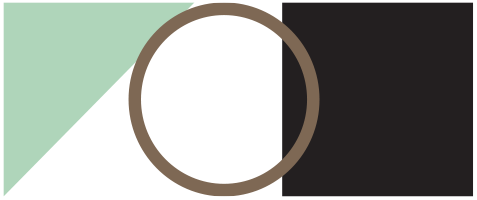A life changing moment from finding medium format film
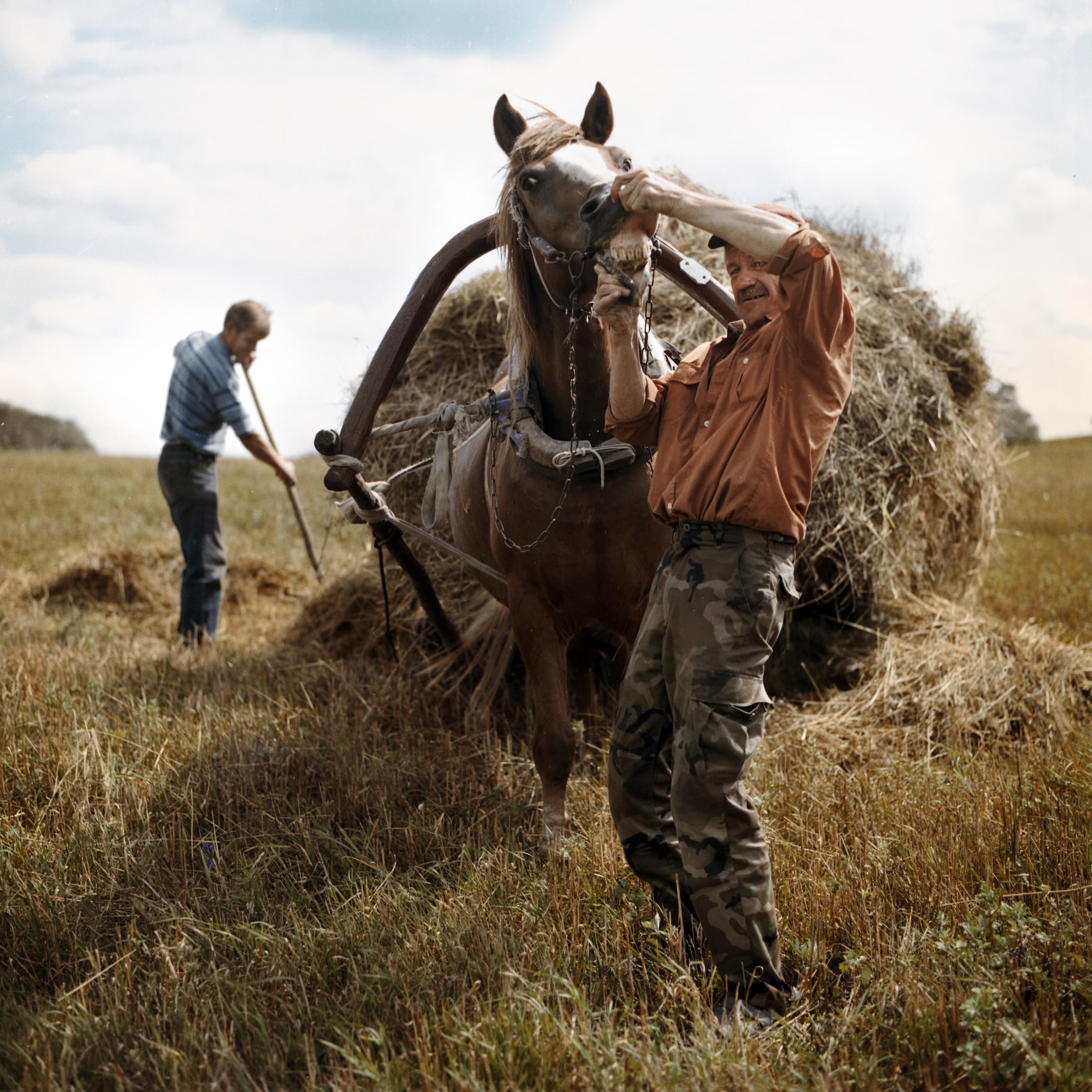
Tadas Kazakevičius believes that he does not have a long and romantic story with photography full of red lights and smell of fixer. His series “Soon to be gone,” he was shortlisted in the 2018 Zeiss Awards.
“Photography unexpectedly came to my life around 10 years ago while he was living inUnited Kingdom. A very typical story. Digital camera fun, snapshooting everything around for the sake of it. But then one day I found out about medium format film. That's it. It got me straight away with all the extensions of it. Developing film, enlarging prints,” Kazakevičius says.
It somehow stopped him and made him focused. With all of it he became interested in human and their stories. “Somehow medium format started to form me, my aesthetics, my approach. It became a wonderful excuse to start talking with people. It seems I Have not stopped talking yet,” he adds.
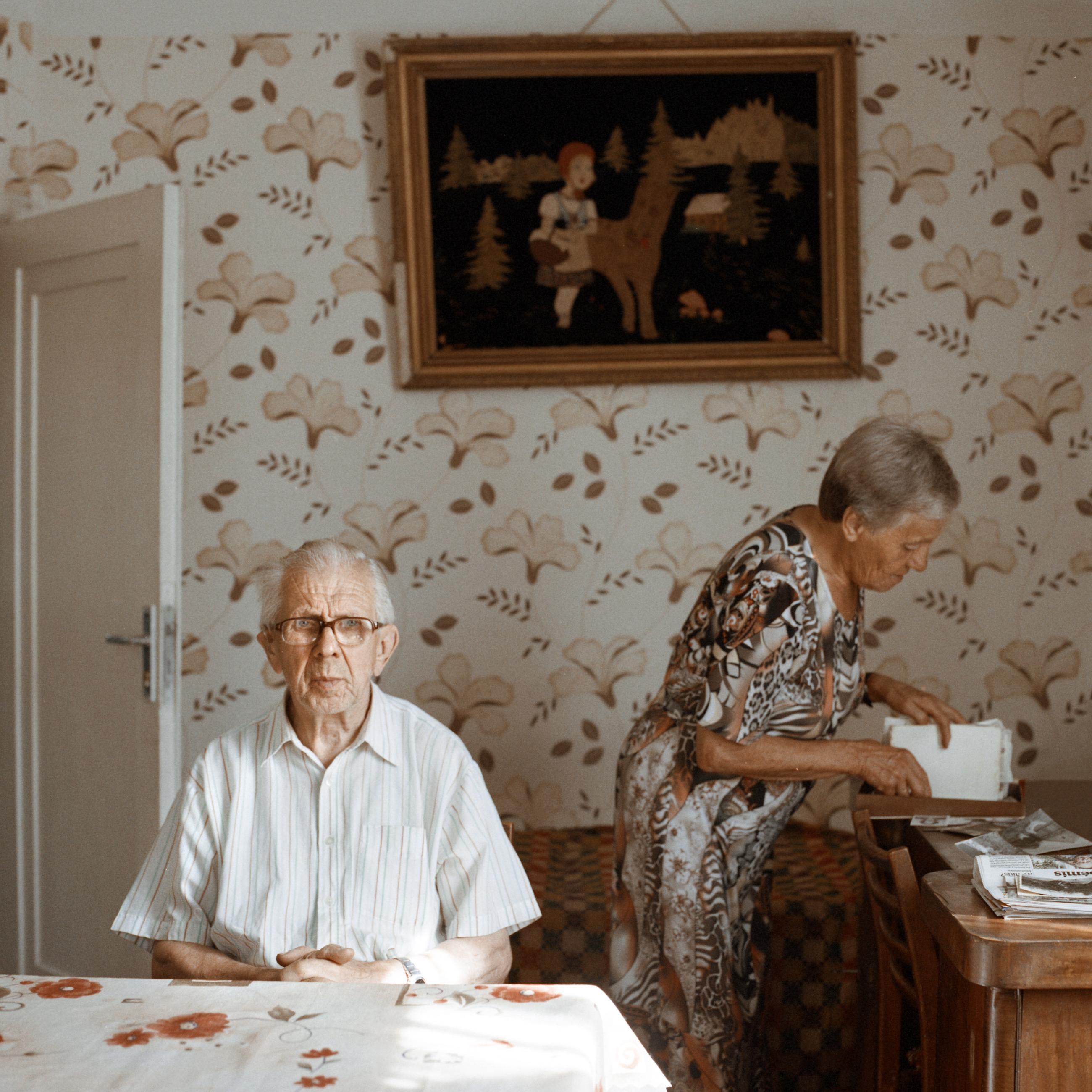
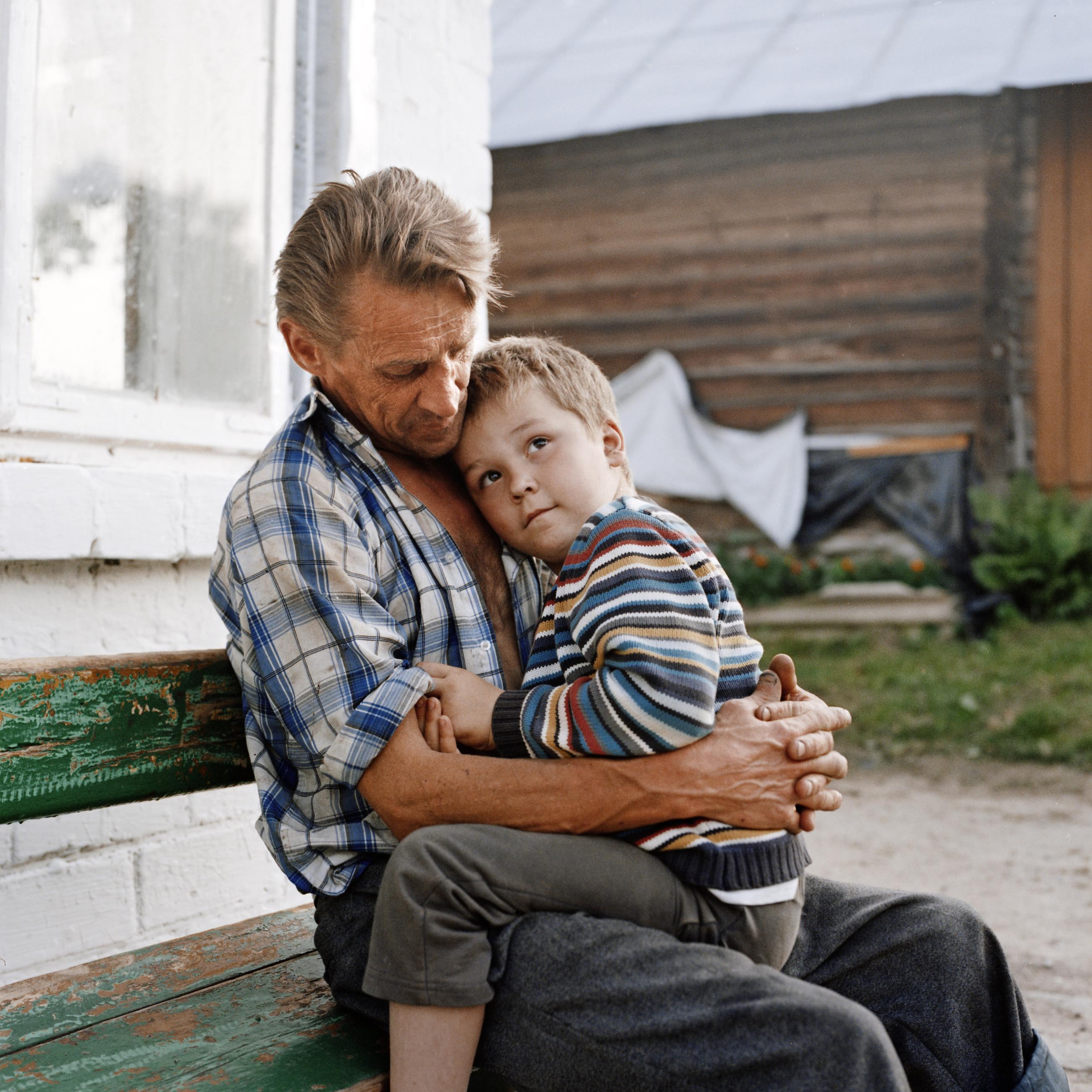
Can you tell us more about your series Soon to be gone, shortlisted in the 2018 Zeiss Awards?
Well these series started to appear in my life without even understanding it quite long time ago. While living in United Kingdom, I started to visit Lithuania quite often and went on some sort of photographic trips with my friends. I was really into the work of Lithuanian Humanistic Photography School and at the same time I just loved the work that the Farm Security Administration was doing during the Great Depression years in United States. I understood, that I really want to photograph rural people, their life, somehow I almost believe, I wanted to archive it in some sense. And this is when I understood that Lithuania is going through this great migration of people. Our villages are vanishing, our rural people are becoming citizens of Europe. They leave their homes as life in villages become not so easy. Still, I believe I am in a right moment to record how still beautiful it is. it is almost my duty to do it. So it happened that I came back home and started my life here again along with my series.
Now it is 5 years and almost 7000km on my motorbike (quite a slow one actually). I believe I already have a strong basis of material and the basis to form some sort of conclusions. Of course, I know, there is no way I will abandon this theme. I believe it's almost my life theme.
Continuous migration has shrunk the population of Lithuania by almost 15% as young people are drawn away from the country and to the towns and cities of the open economies of the EU. How did you become interested in photographing this issue?
As mentioned before, I saw some sort of similarities in the migration processes of today's Lithuania to the time of the Great Depression in United States. I saw that without the work of Walker Evans, Dorothea Lange and others in FSA group all the visual history of rural America would be lost. I felt it is my duty to become archivist of our own migration. To record our rural areas, objects, and to record the lives of our people.
It is not a unique theme either in Lithuania (our great photographers were very active in recording rural lives of people during other periods in history) nor in the world. Still I believe if you put a personal spin on it, you transcend your own view and warmth through the work.
Can you tell us more about your working method and photographing philosophy to shoot this project?
I take this series as my own adventure. I do not plan it too much, I leave a lot to unexpected and it is such a great feeling. You need to be totally passionate about what you do. I love to take the unexpected roads wondering whom I gonna meet. That is almost like a therapy for photographer - it is the happiness of discovery.
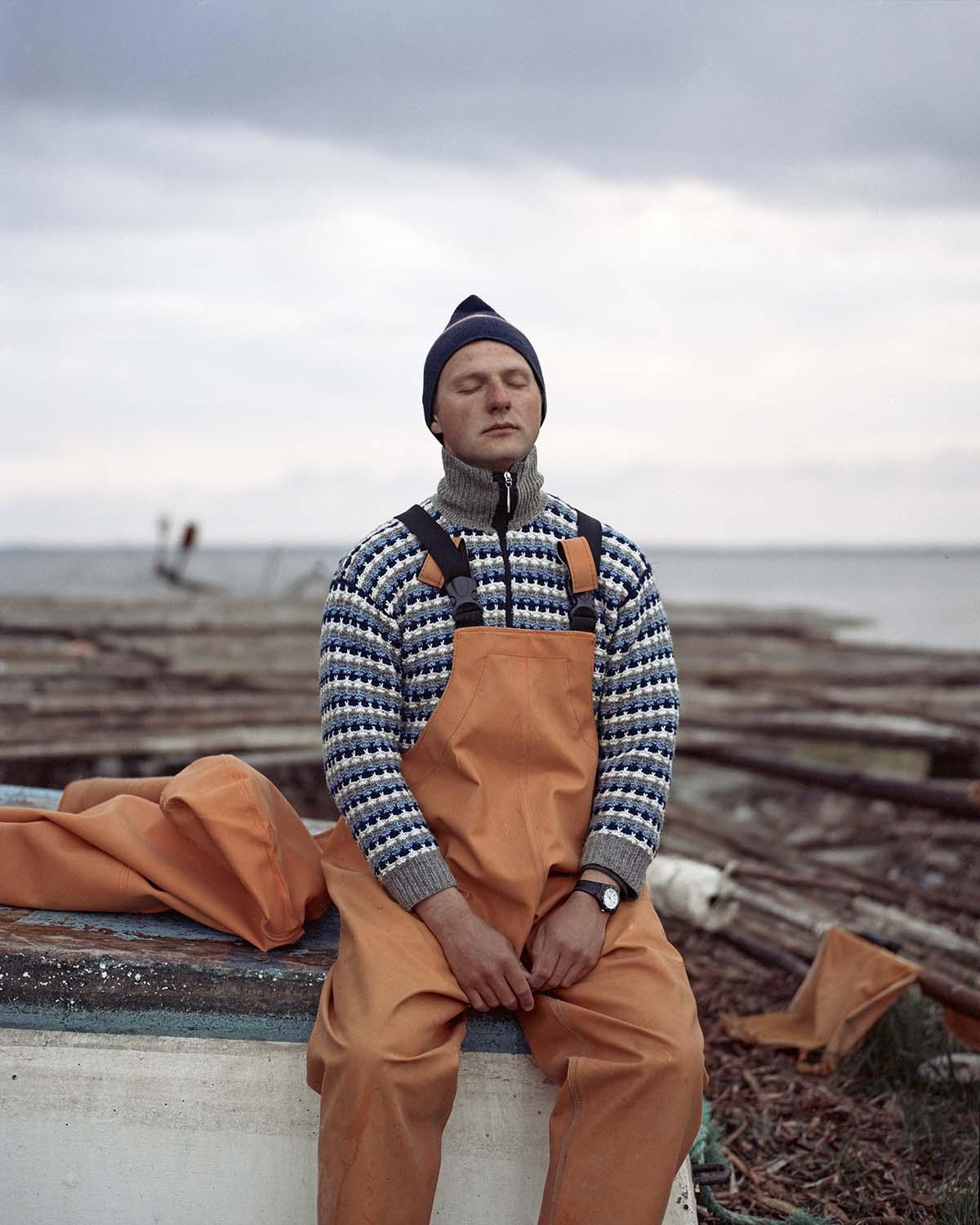
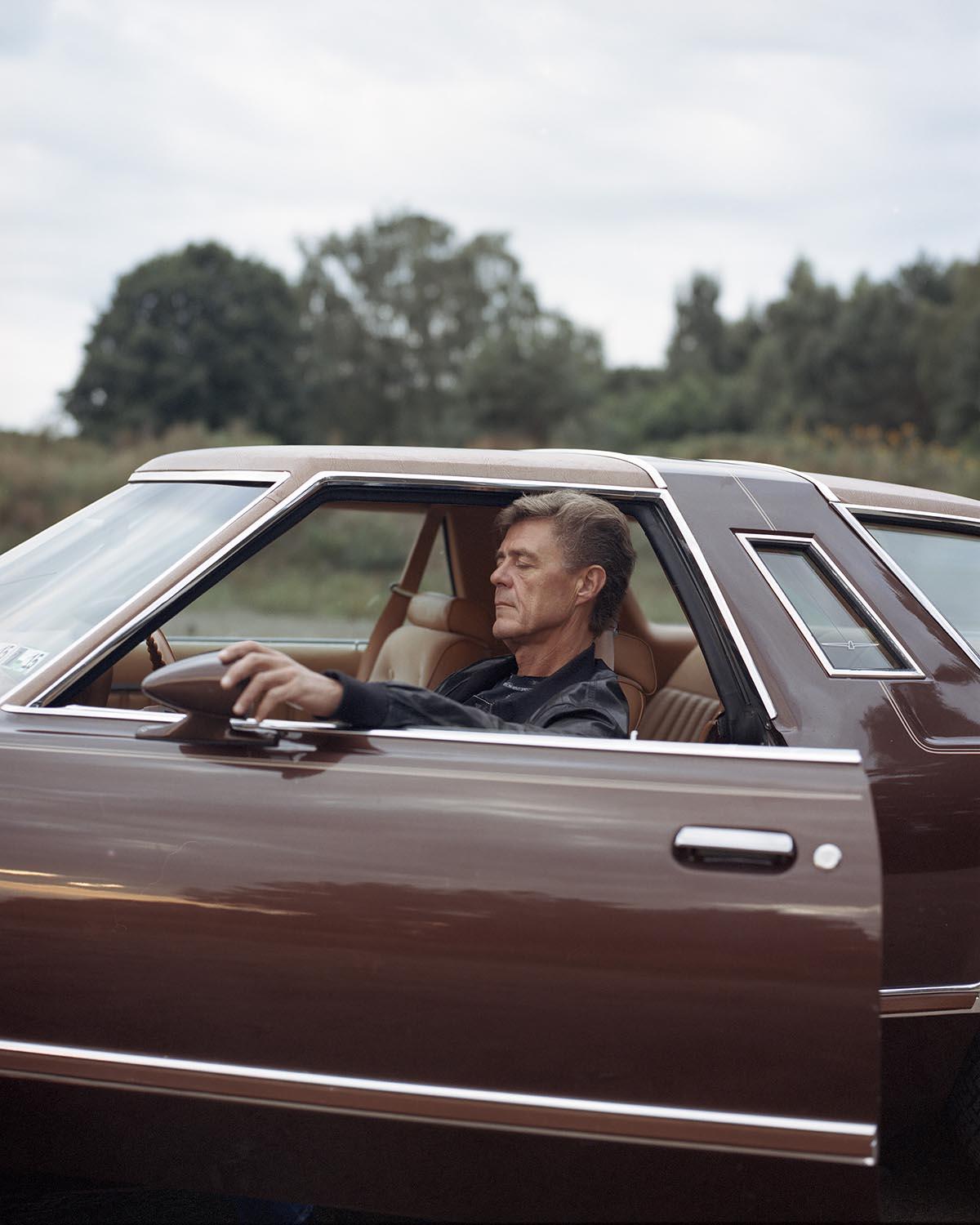
You are planning a photobook of the series. Can you tell our audience some insights?
I am working on a draft book for "Soon to be Gone" series and it looks like it is getting together. I start to like sequencing, it looks like it is becoming not just a reflection of my country but some sort of my personal reflection as well.
Still there's a big hurdle to overcome - the publisher. Currently, I am in search of a publisher who will share my vision on how it should be presented.
You are also working on an exhibition with this series in Lithuania, are you planning to add more images with other subjects or other aspects to it?
Yes, I plan to run an exhibition in 2019 with the help of the Lithuanian Press Photographers Club. I hope it will become a bit wider experience than pictures itself (there is some additional material gathered) and yes, I keep a handful of images in private to make the last unexpected touches.
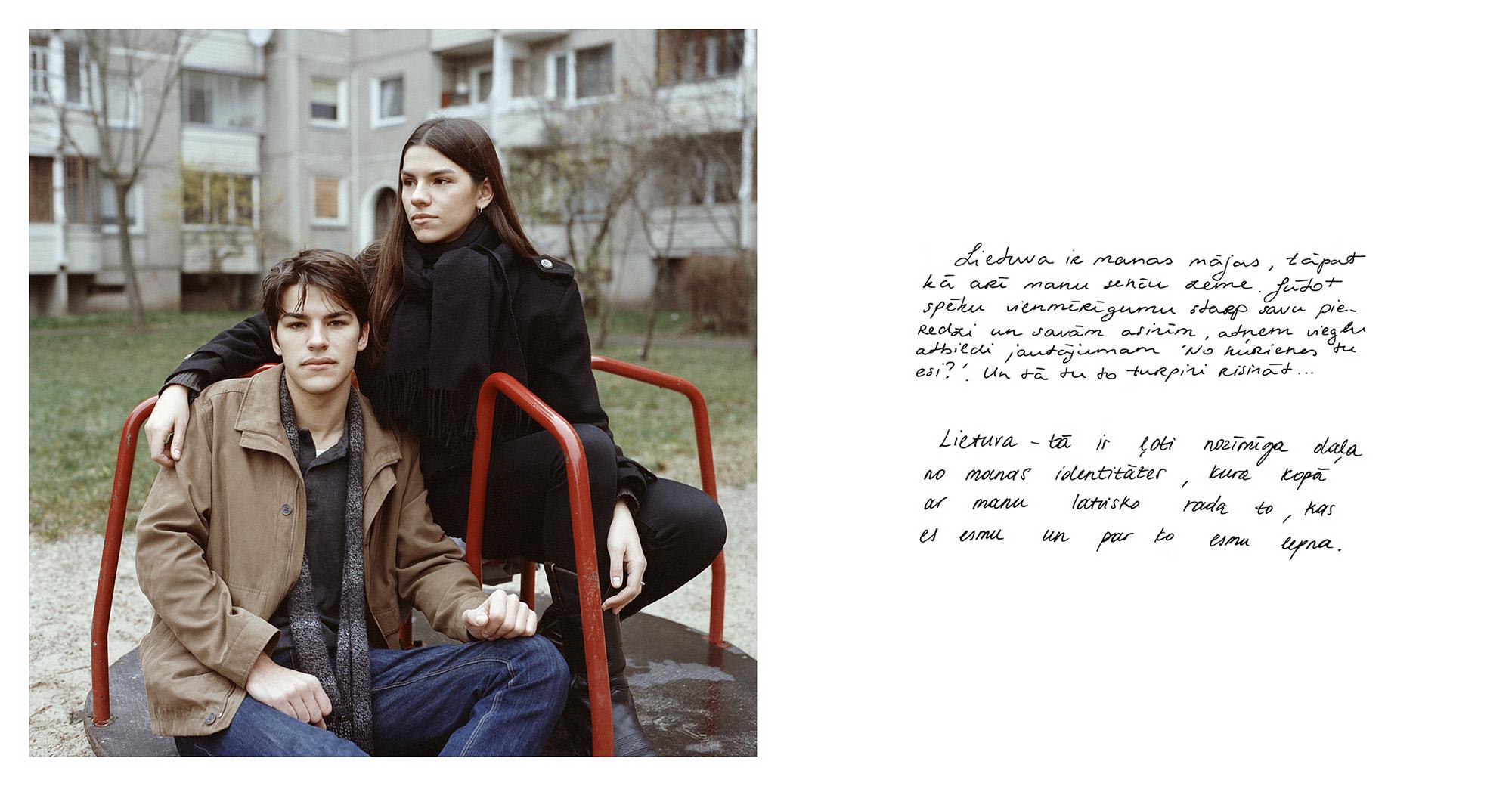
What are you currently working on?
I strongly believe that every author needs to work on at least a couple of projects in parallel. It makes you much stronger as you can bounce back to one or other to keep your mind fresh and your attention clear.
"Diverse Lithuania" series are a bit more systematic than I am used to as it records every nationality living in Lithuania (can you believe that Lithuania has more than 150 different nationalities counted by the last census?). I approach it more like a sociological study as I strongly believe we all need to learn to love our own countries from it'd foreigners. They chose to live here so there must be something personal about it:) And I take these series as my own way of travelling without travelling, it is wonderful to meet such a great variety of people.
My newest work I am working on right now is the series "Between Two Shores". This is a project that is built around the theme of people and their spaces (often pretty mysterious) in the narrow strip of land in Lithuania called Curonian Spit, hugged by two huge masses of water - Baltic Sea and Curonian lagoon. Historically this region is rich by culture as it was the land, governed by various nations through the years. Firstly, it was the land of east Prussians, later it belonged to the Germany and later (excluding Soviet times) it was governed by Lithuania, as it is until now. By the series "Between Two Shores", I try to show the close contact of the local people and nature and sometimes unidentifiable objects or places that make this land somehow more similar to other planet than the earth itself. Besides, if you share the land evenly to every person living there, you would get a very close number of π (3,14159), that somehow supposes the golden ratio of human and his space.

